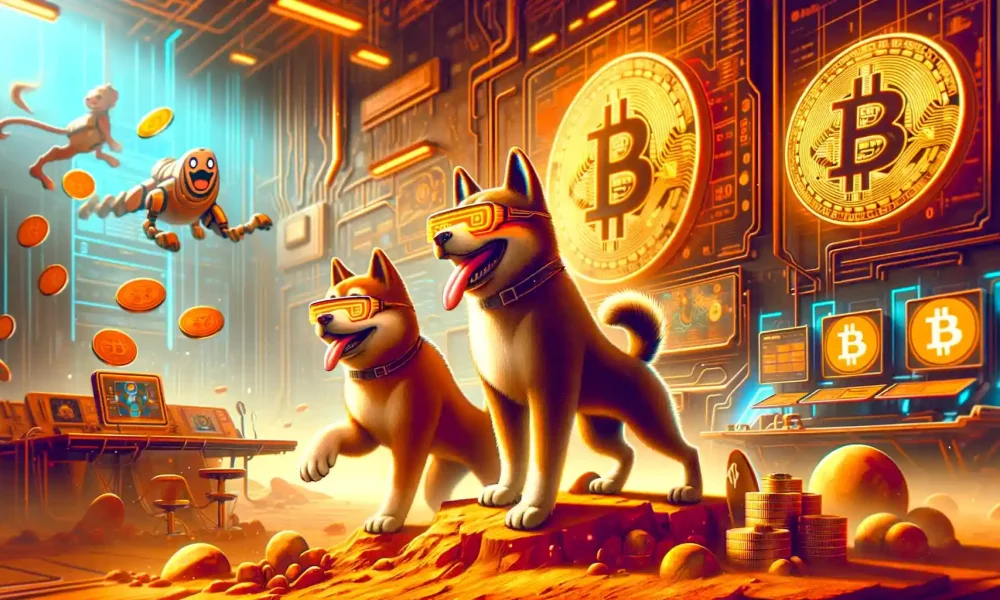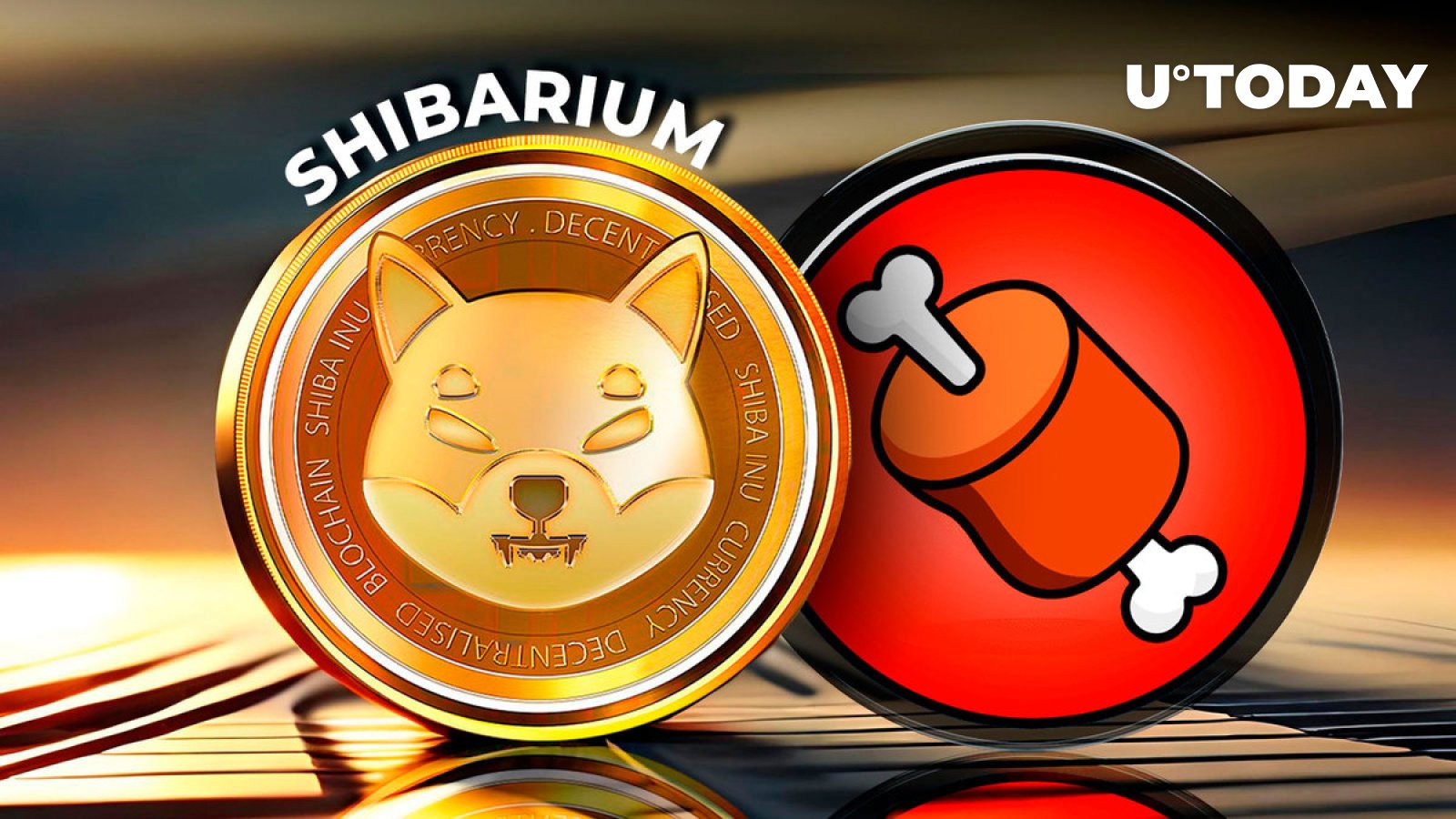Understanding Token Burns And Why They Are Becoming So Popular For Crypto Projects

The cryptocurrency market has boomed over the past decade, with many tokens boasting billion-dollar valuations.
With such exponential growth in the market, many would expect many of the thousands of tokens to fail or continually drop in value, but that rarely happens, especially amongst the top 100 tokens. The value of some of these tokens is controlled with the help of burning tokens.
Since the beginning of crypto, many projects have adopted this mechanism to induce artificial scarcity of the tokens, consequently hiking the price. But this not-so-new concept is increasingly becoming popular as many crypto communities and users champion it.
Nonetheless, the process of token burns differs from project to project, and it is important to fully understand how a project’s token burn will affect you and what it means. In this piece below, we dig deeper into what a cryptocurrency burn is, how it works, the history of token burns, and some practical examples of how previous token burns have been executed.
What is a Token Burn?
Token burns, or simply ‘burning,’ is a mechanism that crypto projects employ to permanently eliminate/destroy (burn) a number of tokens from the existing circulating token supply. This is typically done by sending the number of tokens to a burn address, which is a digital wallet that cannot be accessed by anybody as it has no private key. This reduces the number of tokens in circulation, locking them up for eternity and preventing anyone from accessing them, hence creating a ‘deflationary’ event.
The main reason for burning tokens is to boost the value of the remaining tokens. This follows the economic principle of supply/demand, whereby if there’s less supply of tokens in circulation when demand remains the same (or increases), it will cause scarcity of the asset; hence the asset commands a higher price.
Inversely, by increasing the number of tokens in circulation while demand remains the same, the asset’s price could witness a drop in value.
Burning tokens create scarcity, and in turn, the value of the asset could move upwards, and people trade it. Additionally, token burns also welcome new investors as they are viewed as a bullish indicator, again boosting demand.
Over the years, several projects, including Ethereum, Binance Coin (BNB), Shiba Inu, SWEAT Economy, and hundreds of others, have employed this method to increase their value. While burning may be viewed as bullish, it always does not reflect on the price immediately, as some token burns are automated to happen regularly or are disclosed well in advance. This means the price will be effectively priced well before the token burn takes place.
The Importance of Token Burns
As alluded to, token burns are an effective way for crypto projects to reduce the total supply of circulating tokens. Reducing the supply makes them more scarce and potentially valuable, which could create a positive feedback loop whereby prices spike, and more investors jump on the bandwagon, further increasing the demand.
Secondly, planned burn schedules, such as BNB quarterly burn, provide a more balanced ecosystem, in this case, for the BNB ecosystem. By burning crypto, the project reduces the advantages that early miners or investors have over new users of the token. As coins reduce, the blockchain network benefits investors equally, providing more value to every investor in the project.
Thirdly, burning tokens also increases the trust in developers and shows they are committed to the project. How? Reducing tokens shows that the developers are willing to reduce their token kitty and sacrifice their own supply (or the floating supply) for the greater benefit of investors, as explained above.
Finally, some projects apply a set schedule of burning the tokens, proof-of-burn (PoB), one of the consensus algorithms that ensure all participating nodes in the network validate the state of the blockchain. PoB operates on the principle of miners and, at times, investors voting on burning these tokens. Once burnt, miners are granted the opportunity to mint the same proportion of tokens burnt.
One key example is the recent governance vote by SWEAT Economy that allowed investors and token holders to vote on either burning 100 million $SWEAT tokens or distributing them to existing token holders.
Real-World Examples of Token burns
As explained above, token burning is almost like crypto itself. In fact, some of the earliest and most successful projects have used token burning as part of their strategy. Below, we discuss some of the real-world examples of some of the most famous token burns in crypto history:
‘Mistake’ Burning
While it goes mostly unnoticed, mistake burns are one of the most popular ways tokens are burnt. For instance, Bitcoin is arguably the first and most famous example of these “mistake” burns. Whenever a user loses their private keys or sends the tokens to an inaccessible (invalid) wallet address, those BTC are effectively burned, as they will never be accessed forever. According to some estimates, over 4 million BTC have been effectively burned, accounting for 20% of the total supply.
Buyback and burn (Binance Coin)
Binance coin (BNB) burn schedule involves a buyback and burn mechanism whereby the project uses part of its revenue or profits to buy back tokens from the market and burn them. This increases the demand and reduces the supply, creating upward pressure on the price.
When BNB was launched in 2017, a commitment was made to remove 100 million BNB (half of its total supply) from circulation through a burning process. The latest burn (23rd burn) saw 2,020,132.25 BNB (~$676,744,304).
Fee burn (Ethereum)
As Ethereum transitioned to its proof of stake (PoS) consensus algorithm from proof of work (PoW), the community decided to burn part of the fees collected. The EIP-1559 update, introduced in August 2021, burns ether from the fees gathered from validating and verifying the network.
According to Beaconcha, 3252529.9 ETH (~$5,931,837,296.25) have been burned since August 2021, as of writing, reducing the number of ETH tokens in circulation. The designated burn address is 0x0000000000000000000000000000000000000000 and does not have a private key, which means any tokens sent there are effectively destroyed.
Governance burn (Sweat tokens)
Governance in crypto has been a thing since the launch of decentralized autonomous organizations (DAOs) back in 2015, giving token holders power over decisions on the progress of the platform. While some token burns are planned, platforms such as MakerDAO lets the community select whether to burn or not.
Of the available token burning mechanisms, governance vote token burns create the most trusted and interesting kind of token burns. Simply, the community votes on whether to burn tokens and how many tokens to burnt in a democratic way.
One of the interesting token burns through decentralized governance votes in recent times is the SWEAT token’s April governance vote. Unlike other burning schedules that vote on token burns exclusively, SWEAT introduced a token vs distribution governance vote, allowing the community to vote on whether to burn 100 million SWEAT tokens or distribute them to users with a 12-month growth jar by 25 April.
As expected, the community was divided when it came to choosing one of these two options. With 153,783 users participating in the vote, 91,481 users (59.487%) voted to distribute, while 62,302 users (40.513%) voted to burn tokens. In a first-of-its-kind vote, the 100 million SWEAT tokens were divided as the voters decided, with 59,541,465.013 SWEAT distributed and 40,549,975.987 $SWEAT burned.
“It was cool to have the vote in-app and be transparent with the results. I’d like one on a contract next time to be sure,” another SWEAT voter shared.
NFTb, an NFT protocol built on the BNB chain carried out its first DAO-sanctioned token burn in January, allowing the community to choose how much of the NFTb the protocol will burn. The community had to select what portion of the total supply of tokens was to be burned, with choices including 5%, 15%, and 25%. The community selected o burn 25% of the tokens, which resulted in a 4X increase in price.
Algorithmic stablecoin token burns (Terra stablecoin, UST)
Finally, algorithmic stablecoins also conduct automatic token burns to control the supply of their tokens. For instance, if the demand for an algo token rises and the price loses its peg and goes above $1, the platform will automatically mint new tokens and flood them in the market until the price retracts to $1. Conversely, if the demand for a token falls and the price drops below $1, the platform will automatically buy back tokens and burn them until the price rises back to $1.
One of the most famous algo stablecoin burns is Terra’s UST token which blew up in early 2022. To maintain the price stability of UST, the Terra Network used its native cryptocurrency, LUNA. If the price of UST went above $1, users could burn LUNA tokens to mint UST, increasing the supply and effectively bringing UST back to $1, and vice versa. However, once the price of LUNA collapsed in mid-2022, bringing UST down with it – losing investors over $60 billion.
Meme coins burn (SHIBA INU)
The growing interest in meme coins such as Dogecoin, Shiba Inu, and Pepe in recent times has followed, with some of the projects selecting to burn their tokens to reduce their hyper-inflated supply. Late last month, Shiba Inu (the second-largest meme coin) announced it had completed its largest-ever daily token burn, with a record 41 Million SHIB tokens sent to the burn address in a day, on May 24th.
Shiba Inu has had an interesting burn rate schedule since the first burn when Vitalik Buterin, the founder of Ethereum, burned over 90% of SHIB tokens received from the creators of Shiba Inu. In May 2021, Vitalik decided to burn approximately 410 trillion SHIB tokens (or 40% of the total SHIB supply), marking one of the token’s greatest moments. Shiba Inu prices increased by nearly 40% after Vitalik burned the SHIB tokens.
Conclusion
Token burning is a powerful mechanism that can create value and utility for crypto tokens.
By reducing the supply and increasing the demand for the tokens, token burning can boost their price and scarcity. Nonetheless, there are potential risks to token burning, such as whales taking advantage of the token burn whereby they sell their tokens as soon the token price shoots up a bit, affecting the token’s value increase.
Additionally, some untrustworthy platforms may rug-pull their community, promising to burn tokens, but in reality, they send the tokens to an accessible wallet.
Binance Free $100 (Exclusive): Use this link to register and receive $100 free and 10% off fees on Binance Futures first month (terms).
PrimeXBT Special Offer: Use this link to register & enter CRYPTOPOTATO50 code to receive up to $7,000 on your deposits.




